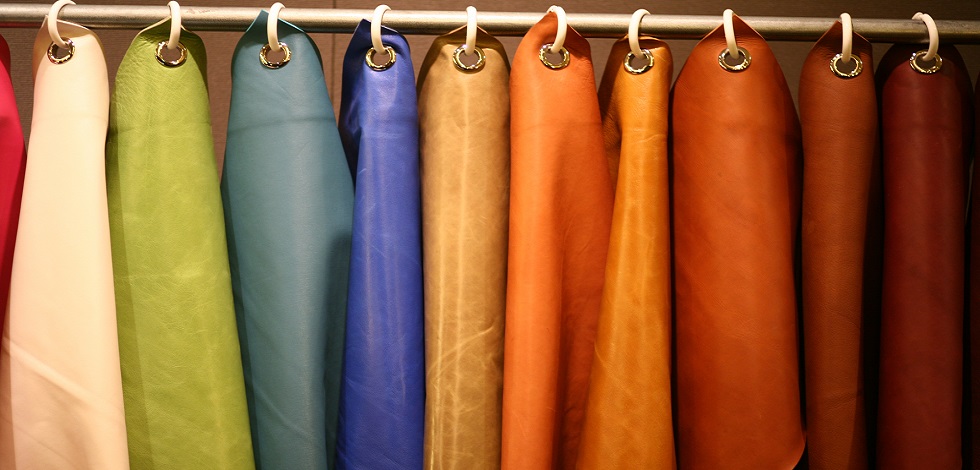Industry news :: Changes in leather regulations
These updates share important news for the carry industry, so they’re often pretty geeky and applied. For all our awesome non-industry readers, you might want to skip to our next post 🙂
In short
EU regulations are about to change on chrome-tanned leather. If your tanning process is not tightly controlled, you might soon be breaking the law without even realising it.
A touch more detail
Chrome-tanned leather still forms the bulk of global leather production, with at least 80% of leather being tanned with chromium III salts. It is a highly effective tanning agent, producing leather with a flexible range of properties that makes it suitable for many end uses. But if the process is not tightly controlled, traces of chromium VI can form during tanning. It is these toxic compounds that the change in regulation will target.
Now we’ll get geekier…
Where can chrome VI be found and why is it present?
Chromium III tanning products are widely used and are not toxic. However, chromium III tanned leather can form traces of chromium VI under certain environmental conditions. The conversion from chromium III to chromium VI is an oxidation process and can be facilitated by factors such as heat, UV radiation, changes in pH, presence of unsaturated organic compounds (e.g. natural fats), oxidizing agents and many other factors. Often several of these factors need to be present at the same time. Best available technologies and good manufacturing practices can minimize the risk of chrome VI formation.
The formation of chromium VI from chromium III can be slow, which means that articles not containing chromium VI directly after production of the leather may develop some chromium VI during transport and storage.
The regulations
The imminent EU-wide restriction on chrome VI, which will amend Annex XVII of the REACH Regulation, will expand the existing restriction on chromium VI compounds.
Following notification of acceptance from the European Commission, the forthcoming restriction will state that leather articles and articles containing leather parts that come into contact with the skin cannot contain 3 mg/kg or more of chromium VI by weight of the total dry weight of that leather part. This means all such articles that come into contact with the skin are within the scope, regardless of the length of time of the contact. Examples of products that are within the restriction scope include footwear, gloves, articles of clothing, accessories such as hats, belts and braces, watch straps, purses and wallets, bags, horse riding gear, dog leashes, auto seats, covers for car steering wheels, and furniture.
The restriction, which is expected to come into force in the first quarter of 2015, recommends that EN ISO 17075 is used. This is currently the only internationally recognised analytical method available to detect chromium VI in leather. The limit of the proposed restriction is based on the detection limit of this method, which is 3 mg/kg.
Challenges for Industry
With the impending restriction of chrome VI, it appears that authorities have ramped up the pressure in relation to compliance. Recently, there has been an overwhelming increase of chrome VI notifications in the weekly RAPEX reports. A wide range of products containing chrome VI in excess of 3mg/kg are constantly being withdrawn from the market, recalled from end users and rejected at the border, impacting manufacturers and retailers in terms of cost and reputation.
What can you do?
Chrome VI formation can be avoided by using correct procedures and having a good understanding of the chemistry involved. Key steps should be followed in order to gain the highest level of assurance that leathers will not contain chrome VI. These factors include chemical purchasing, controlling pH levels, addition of proprietary chemicals etc. If you’re a brand purchasing leather, check that your tannery has reputable accreditations, and consider getting samples regularly tested.
If you need some more guidance
Our contributors BLC have extensive experience with regards to chrome VI. They offer chemical testing for chrome VI as well as technical support, tannery audits and consultancy services. Their deets are info@blcleathertech.com or call +44 (0)1604 679999 (UK based).





 Carry Awards
Carry Awards Insights
Insights Liking
Liking Projects
Projects Interviews
Interviews














